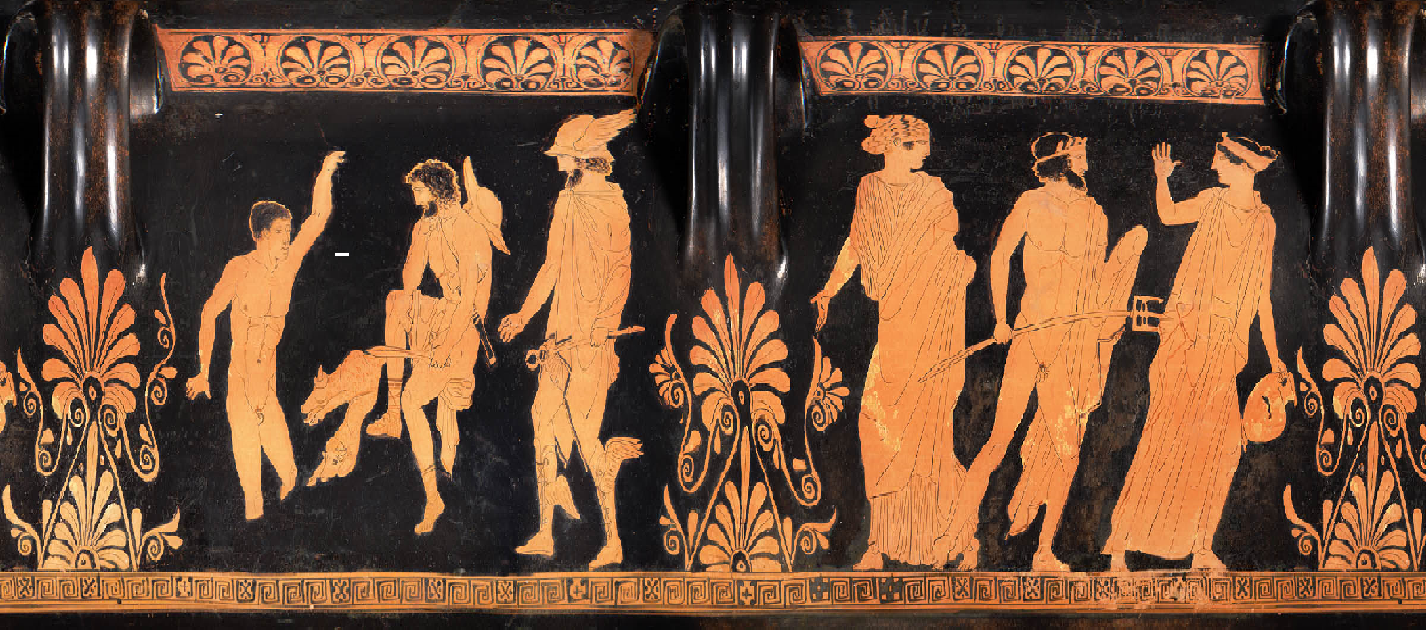
Одиссей. Человек в истории-2023 (№1): Божественное чудо в литературной традиции и повседневной жизни (стр. 264-281) | Соколов Олег Александрович
Статья посвящена изучению образа Крестовых походов в произведениях арабского визуального искусства 1914-1948 гг., действие в которых происходит во время Третьего (1189-1192) и Седьмого (1248-1254) походов. Анализ пьес «Abṭāl al-manṣūra» («Герои Мансуры», 1915) и «Ṣalāḥ al-dīn al-ayyūbī munqiḏ falisṭīn» («Салах ад-Дин ал-Айюби, спаситель Палестины», 1948), а также фильмов «Šajarat al-durr» («Шаджарат ад-Дурр», 1935) и «Ṣalāḥ al-dīn al-ayyūbī» («Салах ад-Дин ал-Айюби», 1941) показал, что если в пьесах, созданных до Первой мировой войны, арабские авторы лишь восхваляли полководцев прошлого, победивших крестоносцев, то во время и после нее тема Крестовых походов стала использоваться еще и для того, чтобы уподобить современных европейцев крестоносцам и провести аналогии между Крестовыми походами и колониальным присутствием на Ближнем Востоке. В то же время в киноиндустрии продолжилось начавшееся в XIX в. воспроизведение романтизированного образа Крестовых походов. В проанализированных произведениях также прослеживается заданная арабскими просветителями тенденция к арабизации прошлого: герои, не являвшиеся арабами, в первую очередь Салах ад-Дин, в произведениях чаще всего именуются «арабскими лидерами».
The article is devoted to the study of the image of the Crusades in the works of Arabic visual art of 1914-1948, in which the action takes place during the Third (1189-1192) and Seventh (1248-1254) Crusades. Analysis of the plays «Abṭāl al-manṣūra» («Heroes of Mansura», 1915) and «Ṣalāḥ al-dīn al-ayyūbī munqiḏ falisṭīn» («Salah ad-Din al-Ayyubi, Savior of Palestine», 1948), as well as the films «Šajarat al-durr» («Shajarat ad-Durr», 1935) and «Ṣalāḥ al-dīn al-ayyūbī» («Salah ad-Din al-Ayyubi», 1941) showed that if in plays created before the First World War, Arab authors only praised the commanders of the past who defeated the Crusaders, then starting from this global military conflict, the theme of the Crusades began to be used also in order to liken modern Europeans to the Crusaders and draw analogies between the Crusades and the colonial presence in the Middle East. At the same time, the film industry continued to reproduce the romanticized image of the Crusades that emerged in the 19th century. In the analyzed works, the trend towards the Arabization of the past, which developed within the framework of the Arab Revival, also continued: non-Arab heroes, primarily Salah ad-Din, are most often referred to in the works as «Arab leaders».